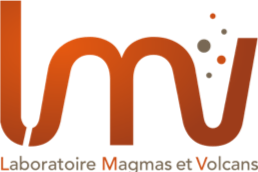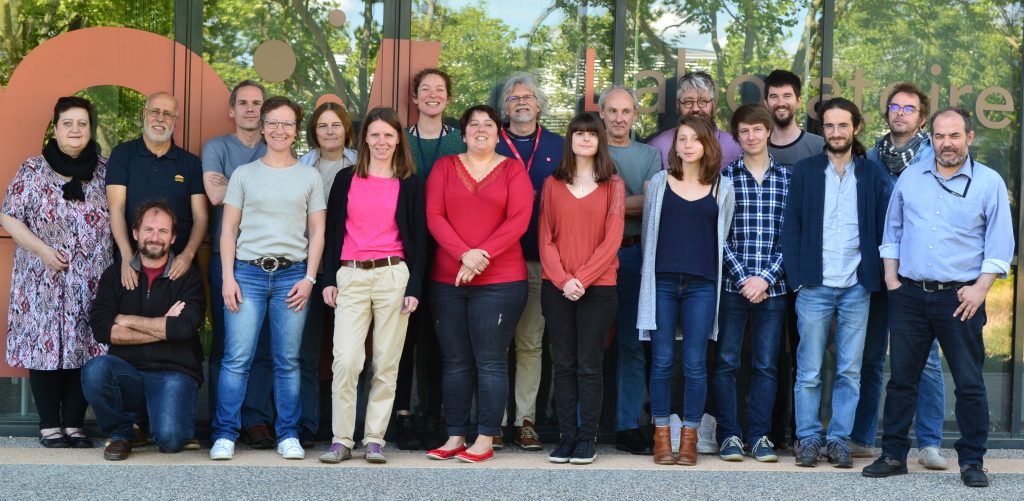-
Team leader : [FonctionNom fonction=’Responsable équipe Géochimie’]
The geochemistry team includes about twenty scientists and their research activities are organized around 3 main themes:
- Source, genesis and chronology of magmas
- Chemical Geodynamics
- Magmatic processes in a continental context
- Volatile elements and magma degassing
- The cycle of volatile elements in the mantle
- Behavior of trace elements, degassing kinetics and new tracers
- Evolution of the Primitive Earth
- Origin, composition of the Earth, early evolution and primitive environments
- Archean Geodynamics
The instrumental facilities consist of an inductively coupled plasma emission spectrometer ICP-AES type (HORIBA Jobin Yvon Ultima C), and two ICPMS mass spectrometers (Agilent 7700 et Element 2), a MC-ICPMS Neptune Plus and two TIMS (Triton, Triton Plus), and a counting chain α and β and 2 spectrometers α and β for dating and dosage of radioactive elements of the U-Th series. The Resonetics M-50E 193nm excimer laser system can be connected to the different ICPMS depending on the applications (trace elements, U-Th-Pb geochronology, Pb, Nd, Hf isotopes, Si stable isotopes). This instrumental facilities is completed by pressurized clean rooms for dedicated to the different chemistry procedures and equipped with laminar flow hoods.
- Source, genesis and chronology of magmas
-
Personnel list
[ListePersoEquipe equipe= »geoch » lang= »en »]
Graduate students:Quentin Aquila: Explore the geochemistry of past oceans with the formation of Banded Iron Formation (BIF); ERC starting grant GOforISOBIF; adv. M. Garçon and N. OlivierGuillaume Georgeais: Relations between ascent rates of magmas and explosively of eruptions; French Government Fellowship; Adv. E. Rose-Koga, Y. Moussallam and K. KogaLukas Nicol: Development and usage of a new isotopic tracer to study the evolution of the hydrothermal activity of Precambrian oceans; ERC starting grant GOforISOBIF; Adv.M. Garçon and M. Boyet -
Rang A :
[Publications equipe= »geoch » rang= »Rang A » duree= »2″ lang= »en »]



